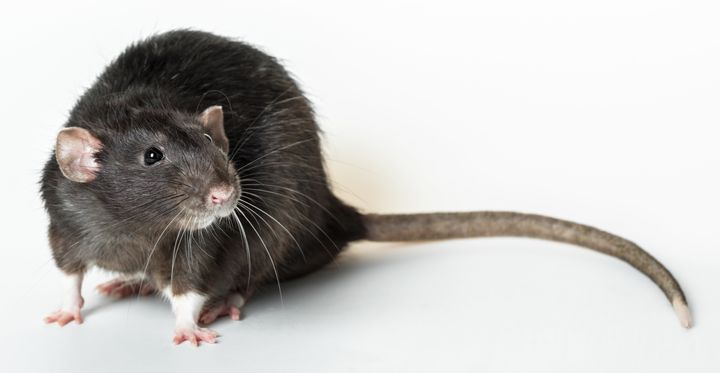Rats have long been maligned as the reason why an estimated 75 to 200 million people died after contracting the Black Death, between 1347 and 1351.
But it seems that humans have unfairly been shifting the blame on to our rodent friends (and their fleas). In fact a new study suggests that it was our human ancestors who were responsible.

The Black Death was one of the worst pandemics in human history, devastating Europe and resulting in a third of the population dying within a five year period.
It has long been thought that the plague, caused by the bacterium Yersinia pestis, which lasted in Europe until the early 19th century, was spread by rats.
But now scientists from the University of Oslo and the University of Ferrara believe that human “ectoparasites”, such as body lice and human fleas, might be more likely to have caused the epidemic.
The team referred to mortality data from nine plague outbreaks in Europe between 1300 and 1800, and tracked how the plague had developed.
They created models of how a disease could be spread by rats, airborne transmission, and fleas and lice on humans and clothes.
They found that, in seven of the cases, there was a closer resemblance between the human model and the outbreak when compared with the other two alternatives.
In the paper, published in the Proceedings of the National Academy of Science, the researchers said: “While it is commonly assumed that rats and their fleas spread plague during the second pandemic, there is little historical and archaeological support for such a claim.
“Here, we show that human ectoparasites, like body lice and human fleas, might be more likely than rats to have caused the rapidly developing epidemics in pre-Industrial Europe.”
One of the reasons cited is that the speed at which the plague spread would not have been so quick if spread by rats, rather than humans.
“There is little historical and archaeological support for such a claim."”
Scientists have previously warned about how the bubonic plague could return.
Dr Dave Wagner, from Northern Arizona University, said: “We know the bacterium Y. pestis has jumped from rodents into humans throughout history and rodent reservoirs of plague still exist today in many parts of the world.
“If the Justinian plague [AD 541–542] could erupt in the human population, cause a massive pandemic, and then die out, it suggests it could happen again.
“Fortunately we now have antibiotics that could be used to effectively treat plague, which lessens the chances of another large-scale human pandemic.”
Well at least we can’t blame the rats this time.
